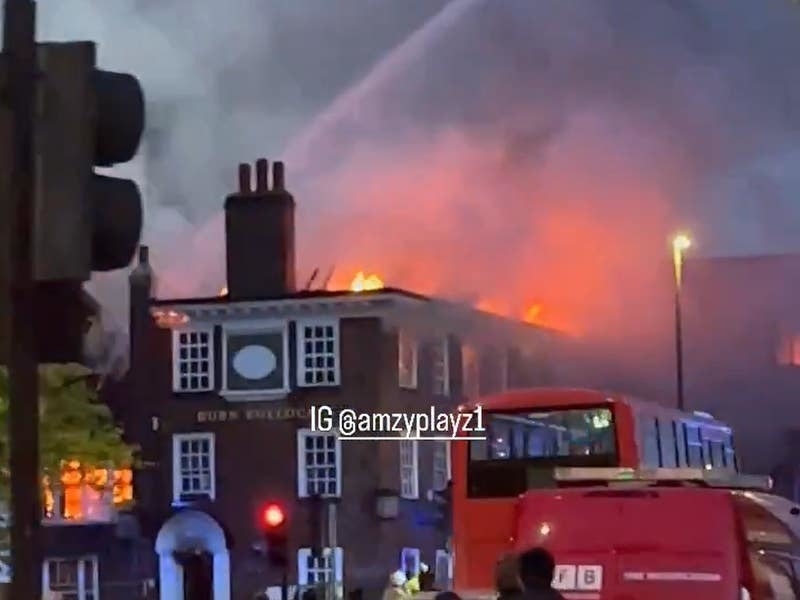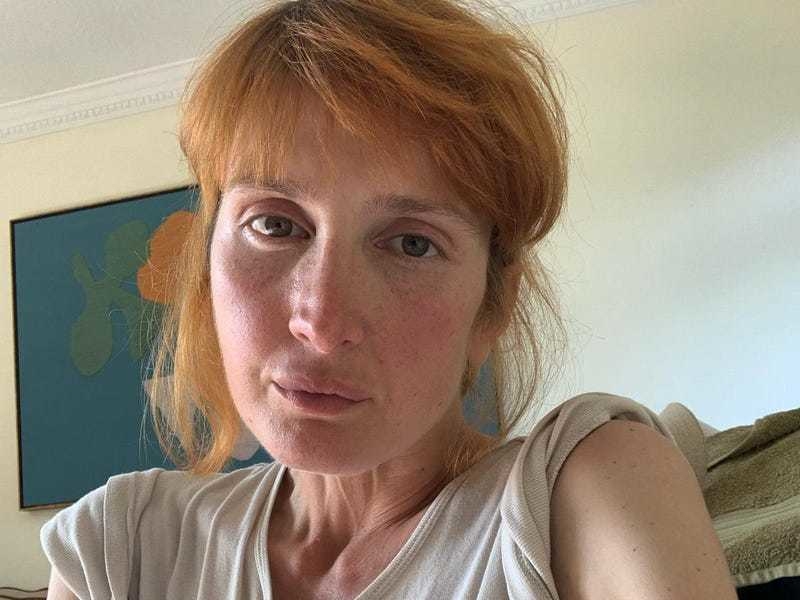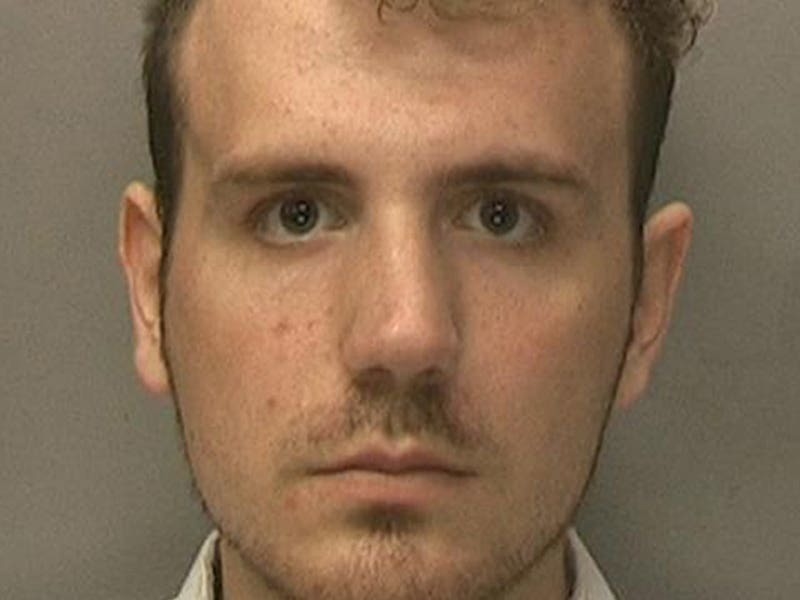Most if not all those killed following gunfire by soldiers during a pitched battle in west Belfast were not in the IRA, a retired army general said.
Ten people died over three “rebellious” days at the start of internment of suspected paramilitaries without trial early in the Troubles.
A coroner is examining a series of shootings by members of the Parachute Regiment.
Sir Geoffrey Howlett, 89, expressed “enormous sympathy” with families whose relatives perished in Ballymurphy in August 1971.
One of the highest-ranking former British officers to appear before a Northern Irish inquest into conflict deaths said in Belfast: “I realise now that most, if not all, were not IRA.”
He accepted anyone who was not rioting could not be associated with armed republicans, despite the acknowledged level of support for the IRA in the area.
Tensions linked to internment saw disorder escalate into what the soldier described as a full-blown battle, and many hundreds of rounds were fired at his men.
The then-lieutenant colonel was commander of the Second Battalion, the Parachute Regiment, between 1971 and 1973.
A contemporaneous regimental note before the inquest said soldiers viewed the incident as one of inflicting “severe casualties” on the IRA.
Sir Geoffrey accepted the army’s record of the time may have been mistaken.
Sir Geoffrey told relatives of the dead: “I want just to say to you how sincerely I have enormous sympathy with you all.”
He added: “I know something about bereavement because my father was killed in Italy in the war when I was 13, and I wanted to know everything about how it happened as well.”
He spoke from the witness box at a Belfast courtroom. Three rows of families of the dead sat opposite him in silence.
After the hearing concluded, John Teggart, the son of one of the victims, Daniel Teggart, said it was almost an apology.
Mr Teggart, 44, and Noel Phillips, 19, were shot close to the Henry Taggart Army base near Springfield Park.
Sir Geoffrey said he would not be totally convinced that they were not associated with the IRA, but they were not firing at them.
Campaigner John Teggart added: “For the first time in almost 48 years, Geoffrey has said my father was not an IRA gunman.
“That is a big deal to the families, that is a big lift to the families today.
“We have waited just to hear that one word.”
The Ballymurphy families maintain their loved ones were entirely innocent.
Sir Geoffrey occupied high-ranking military positions, including commander-in-chief of the Allied Forces in northern Europe.
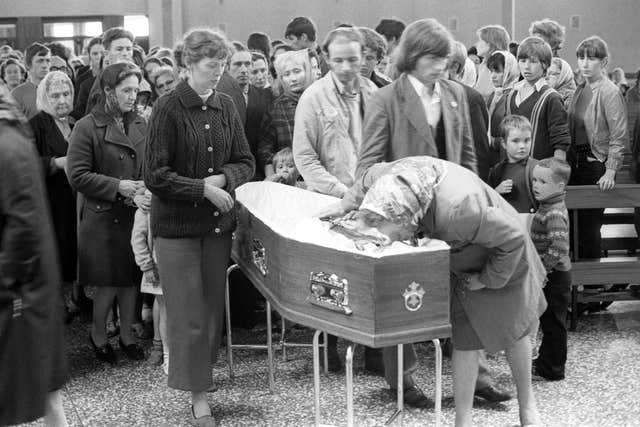
Up to 40 rounds were fired at his two Land Rovers as they entered the hall.
It was reported to him by B Company, a sub-group of about 100 men, that the violence was started by a large group who attacked soldiers.
He attested that many hundreds of rounds were fired at members of the company.
“The situation was never the same again, life was difficult,” he said.
“Following internment there had become an enemy out there who were definitely armed and firing at us.”
Six people died from shootings on August 9, 1971.
They included Father Hugh Mullan.
Sir Geoffrey said: “It was quite obvious that Fr Mullan was not part of the IRA, and he was almost certainly, I believe, giving the last rites for someone who appeared to be dying.
“Which of the other people who were shot and killed, whether they were IRA at the time, I don’t think we quite knew.”
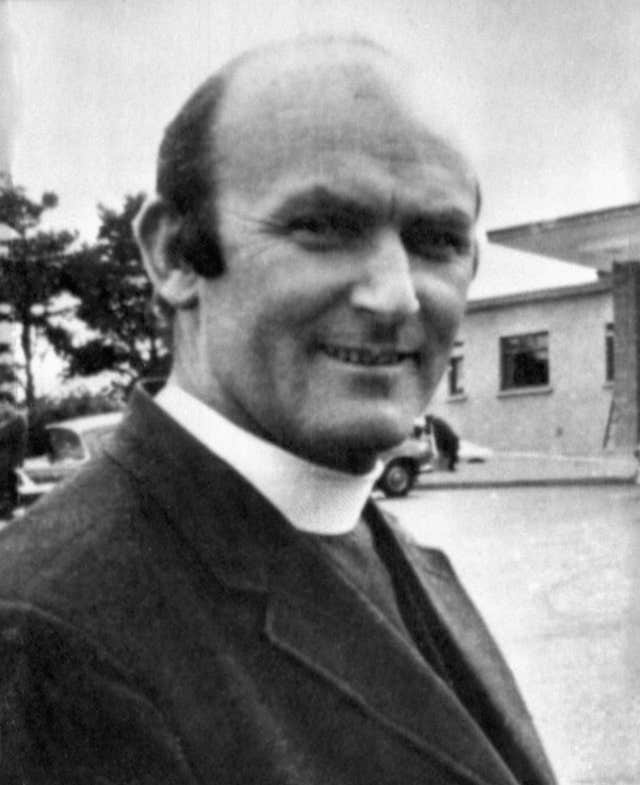
Sir Geoffrey recalled serious escalation of the violence in west Belfast in 1971 after troops were charged with implementing internment of suspects without trial.
“None of us realised that the day of internment (August 9) and the next day or two would turn out to be such a rebellious period with as much rioting, shooting, petrol and nail bombing as it was.
“I don’t think any of us were quite prepared for the big change.”
The streets were barricaded amid “looting, shooting and bombing”, Sir Geoffrey said.
The witness added: “The situation went from rioting to a full-blown battle.
“It was very busy – certainly the busiest day of my life.”
Rules of engagement known as the yellow card had been introduced to govern the Army’s use of fire.
The general said: “From the ninth for a day or two then, it was not quite fit for purpose.”
After Ballymurphy, no soldier was disciplined and there was no debrief, the witness said.
“We were too busy trying to get Belfast back to normal,” he said.
The battalion left Northern Ireland on August 25 and took a month’s leave.



